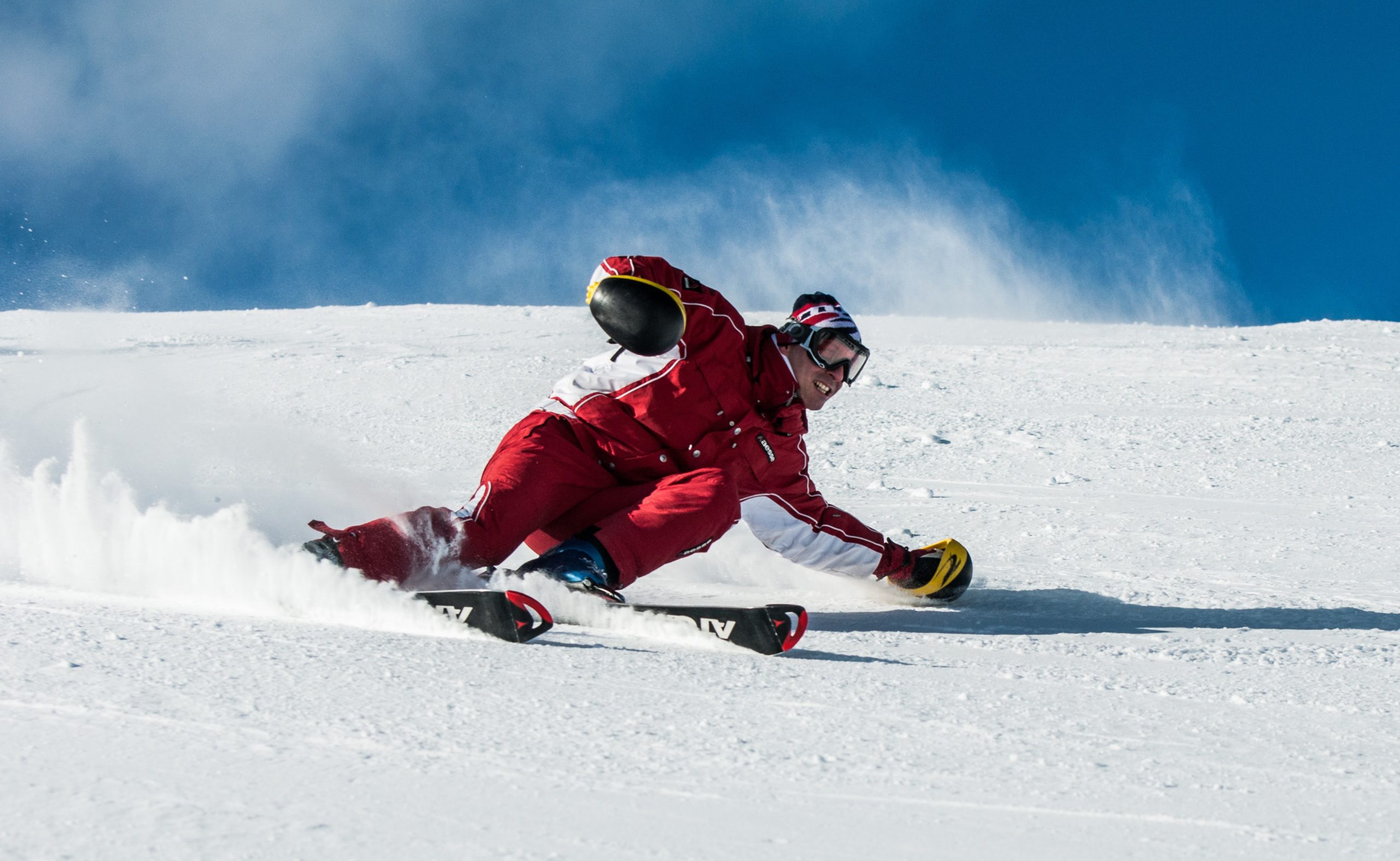Skiing is a fun activity for enthusiasts and families but comes with the risk of injuries. Falls can result in ACL and MLC ligament injuries, meniscus tears, ankle sprains, shoulder dislocations, and fractures. Some more serious injuries might require a knee surgeon.
5 Tips for Avoiding Skiing Injuries by a Knee Surgeon
Injuries can occur because of a trip, a fall, or an obstacle that can twist your skis. Loss of concentration when tired and poor posture/fitness may also increase the chances of an accident and subsequent injury while skiing. Below are five tips for avoiding common ski injuries.
1. Don’t Ski When Sick or Tired
Skiing when tired, bored, sick, or injured can increase the chances of an accident and severe injuries. Falls are more likely when quads and muscles are fatigued or when concentration levels are low. Skiers should listen to their bodies and determine the time to avoid the activity. Fatigue can build up when skiing, so the individual should step away and resume when they fully recover their strength and focus.
2. Warm-Up Before Skiing
Skiing engages various muscles and joints, primarily the quads and knee joints. According to studies, cold muscles are more prone to injuries than warm muscles. Warming up is one way to boost blood circulation and warm up muscles, ligaments, and joints before skiing.The best warm-up exercises include walking, running, jumping jacks, stretching and aerobics. Skiers should spend 5 to 15 minutes warming up before every session and complete a couple of slow ski runs preparing for the main run.
3. Maintain a Level of Fitness
Skiing is a physical activity that requires one to maintain a high level of fitness. Your body will be squatting and leaning, adding significant stress on the legs and thigh muscles. Skiers need physical strength and agility to maneuver the trails safely.A workout regimen featuring squats, weight lifting, and sports like soccer and cycling will build strength, endurance, agility, and range of motion.
4. Know the Tracks and Conditions
Skiing involves pacing through terrain covered with ice and various obstacles. Skiers should stick to the trails and know where the slopes, cliffs, and obstructions are along the trail.Keeping tabs on the weather and surroundings is important because any slight change can alter ice conditions and the terrain. Skiers can view trail and weather conditions when boarding a lift to avoid surprises.
5. Learn Skiing Safety Rules
Skiing has many safety precautions and rules one must follow to avoid accidents. Every skier should know how to get on and off a lift, halt and yield to others.
They should also follow all resort rules, including skiing on trails suited to their skill level and always ski in control.
Ski Injury Treatment and Surgery
Skiing injuries can occur at any time, calling for prompt medical care. Seeking immediate treatment can help prevent further injury. Some injuries, such as ACL and PCL tears and fractured kneecaps, will require surgery.Injured skiers can speak to the Noyes Knee Institute, to discuss the best treatment for knee injuries. Dr. Noyes is a renowned board-certified orthopedic surgeon with years of experience in knee surgery and sports medicine.



